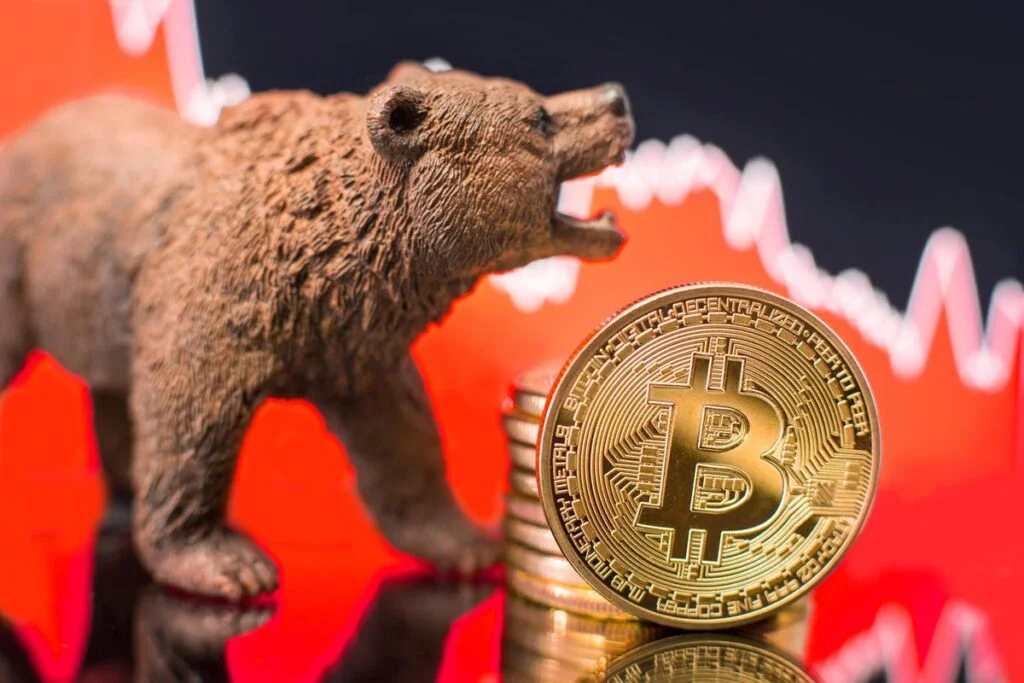Despite the recent significant 15% rebound in Bitcoin prices, measurements indicate that additional network demand would be required to support future price gains.

According to Glassnode, for Bitcoin (BTC) to continue its current price rebound, there must be more demand and network fees invested, as numerous on-chain measures are still in a hostile area.
In its most recent The Week On Chain report published on August 1, blockchain intelligence company Glassnode reported on the market’s unimpressive growth over the previous week.
In it, researchers cited factors that should calm investors’ euphoria at the 15% increase in BTC price over the last week, including sideways growth in transactional demand, active Bitcoin addresses continuing in “a clearly defined downward trend,” and decreasing network costs. However, according to CoinGecko, BTC is presently down 2% over the previous 24 hours and is trading below $23,000 at $22,899 at this time.
A reduction in on-chain activity and a shift from speculative investors to long-term holders are two of the characteristics of a bear market that are highlighted in the report’s opening paragraphs. It implies that each of those characteristics is still present in the Bitcoin network.
According to Glassnode, a reduction in network activity may be attributed to speculative traders’ lack of fresh demand for the network as opposed to long-term holders’ (LTHs) and investors’ strong faith in the network’s technology. The study claims:
“With exception of a few activity spikes higher during major capitulation events, the current network activity suggests that there remains little influx of new demand as yet.”
The extra demand required to support any future price increases is not apparent, in contrast to last week when a considerable amount of demand appeared to be created at the $20,000 level for BTC and setting a floor. A “low bear market demand profile,” which has been in place effectively since last December, is what Glassnode refers to as the gradual fall of active addresses.
According to the investigation, the present network demand pattern and the one that was created in the 2018–2019 timeframe are identical. Network demand decreased following the April 2021 all-time high in the price of Bitcoin, similar to the previous cycle. Prior to the following November, there was a noticeable increase in demand as prices rose to a new all-time high.
Demand, however, has been trending lower since last November, with a significant jump occurring in May amid the massive sell-offs.
“The Bitcoin network remains HODLer dominated, and as yet, there has not been any noteworthy return of new demand.”
The lack of demand from users other than ardent Bitcoin fans, according to Glassnode, is pushing network costs into “bear market territory.” Daily costs were merely 13.4 BTC during the last week. In comparison, daily network costs exceeded 200 BTC when prices reached their ATH in April.
Assuming fee rates climb noticeably, Glassnode contends that this might indicate increased demand, supporting a further “positive structural shift” in the Bitcoin network’s activities.
“Whilst we have not seen a notable uptick in fees yet, keeping an eye on this metric is likely to be a signal of recovery.”

